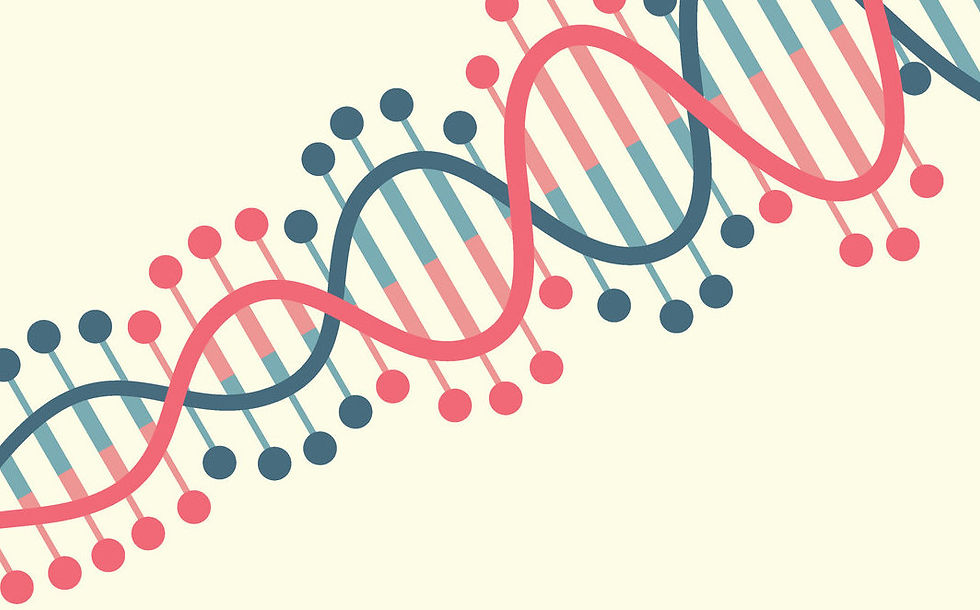Chills and Fever: Feeling cold at high body temperature
- Nasreen
- Nov 23, 2020
- 2 min read
Updated: Nov 23, 2020
Our body is like a temperature-controlled room that is maintained between 36.1°C and 37.2°C (or 97°F to 99°F). Any shift from this normal range and the body’s regulatory mechanisms kick in to get it back to normal.
Shivering is a way our body deals with cold conditions. On exposure to cold breeze, our skin signals our brain about this change in temperature which prompts our muscles to start contracting and expanding. This is when we shiver, our teeth chatter and we produce heat in the process to keep ourselves warm.

While shivering in cold to raise the body’s temperature is easy to understand, why do we sometimes shiver when already burning with fever? Would this shivering not further increase our body’s temperature? Well, that is precisely what our body is aiming for when fighting infections.
When an infectious bacteria or virus enters the body, our immune system is triggered to produce certain fever-inducing chemicals (prostaglandin E2 and interleukins) that signal the brain about this attack. A specific region of the brain, called the hypothalamus, then sets the ideal temperature for the body higher than the usual ~37°C. We suddenly start feeling cold, experienced as chills during fever, as our body temperature is below the new ideal temperature. More chemicals (noradrenaline and acetylcholine) are then produced by the body that stimulate our muscles, causing us to shiver and shake, and generate heat in order to reach the new target temperature. At temperatures higher than 37°C, most infectious micro-organisms cannot survive and thus the body is able to fight them off.
As uncomfortable as it is, increasing the internal temperature is an important part of our body’s natural defense mechanism and chills are necessary for us to achieve that.
Fever and chills, under control, are not so bad after all.
Further reading:
Sharon S. Evans, Elizabeth A. Repasky & Daniel T. Fisher. Fever and the thermal regulation of immunity: the immune system feels the heat. Nature Reviews Immunology, 15, 335–349 (2015). (https://www.ncbi.nlm.nih.gov/pmc/articles/PMC4786079/pdf/nihms755275.pd)





Comments